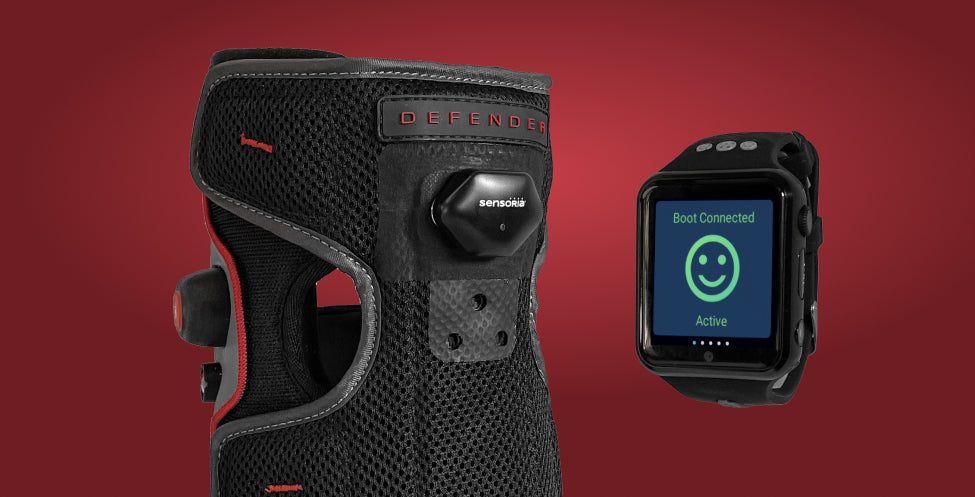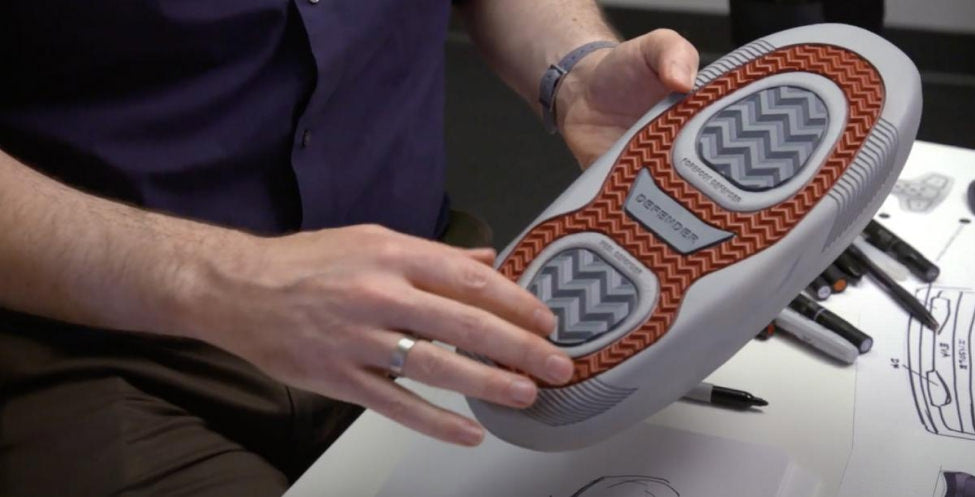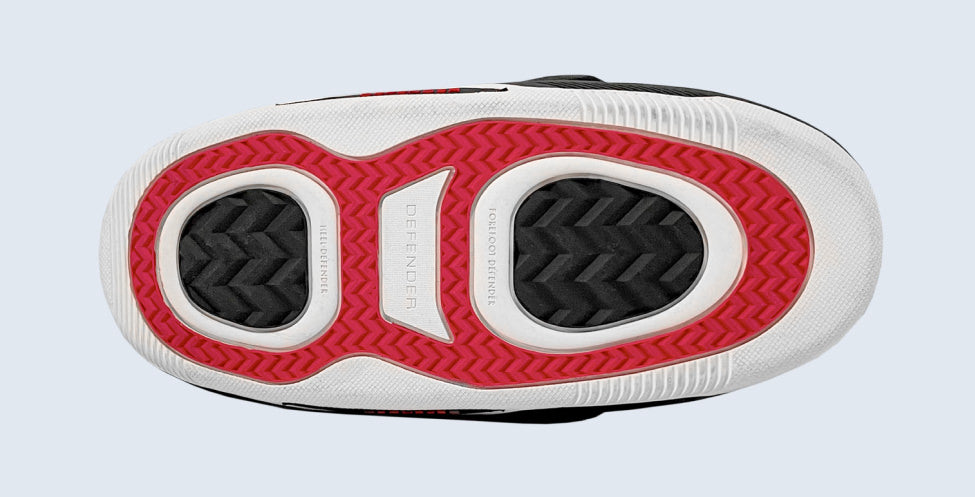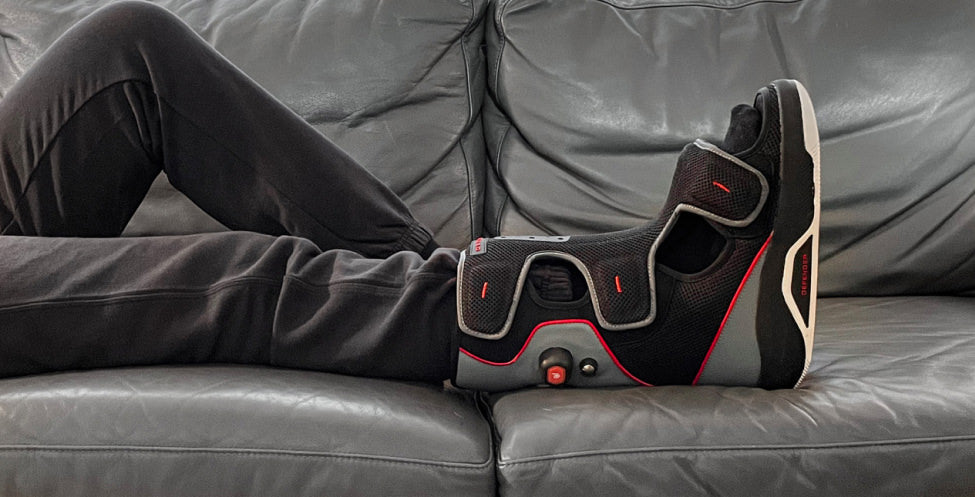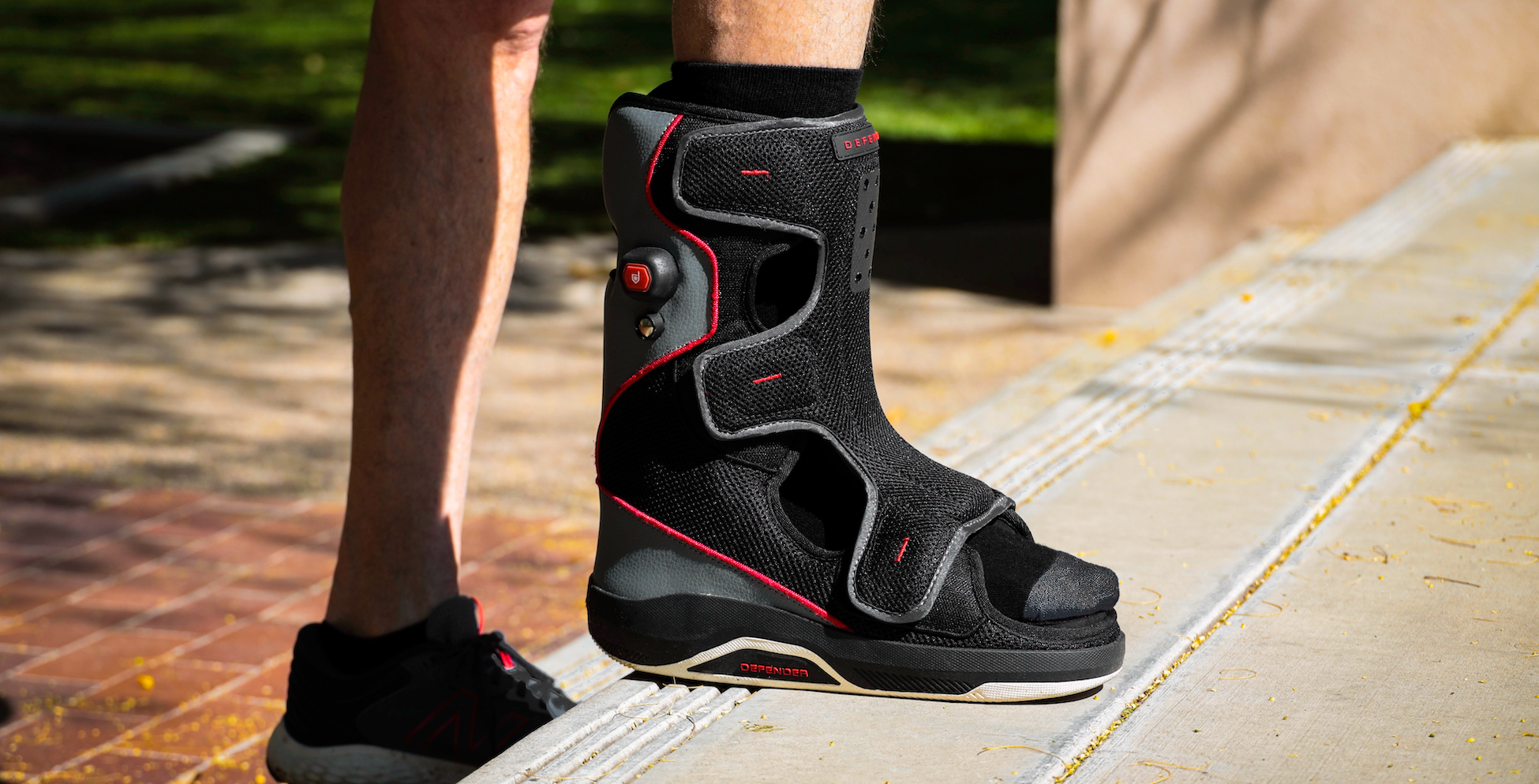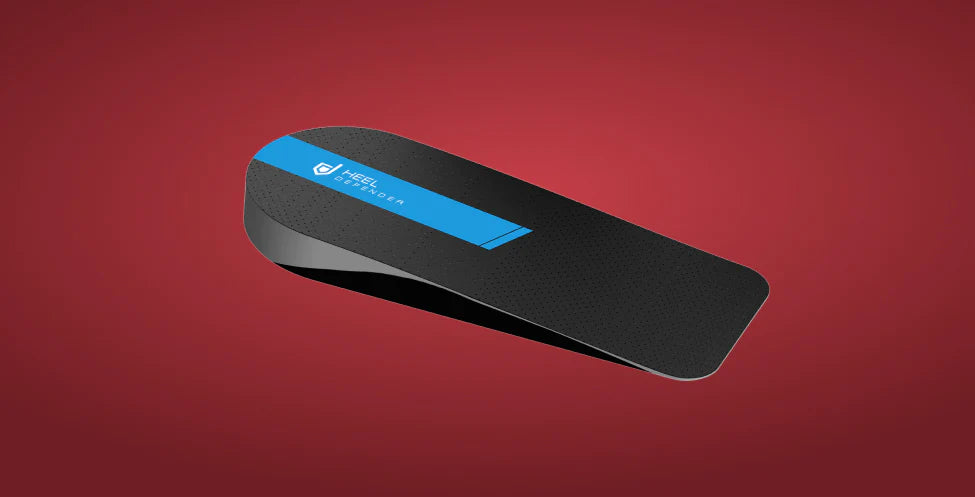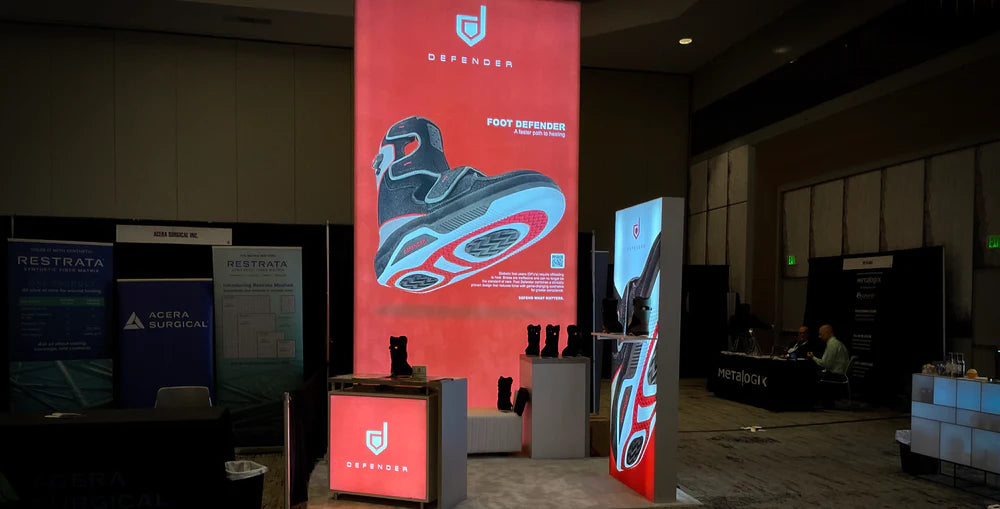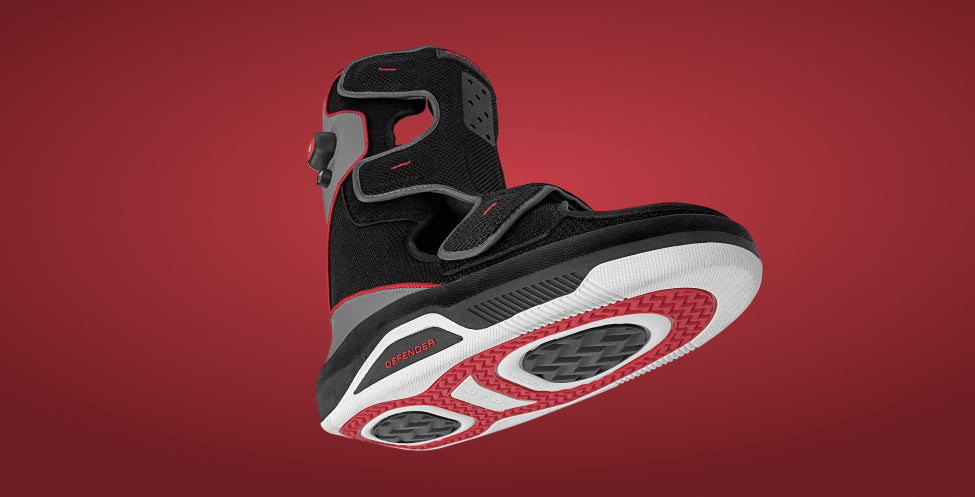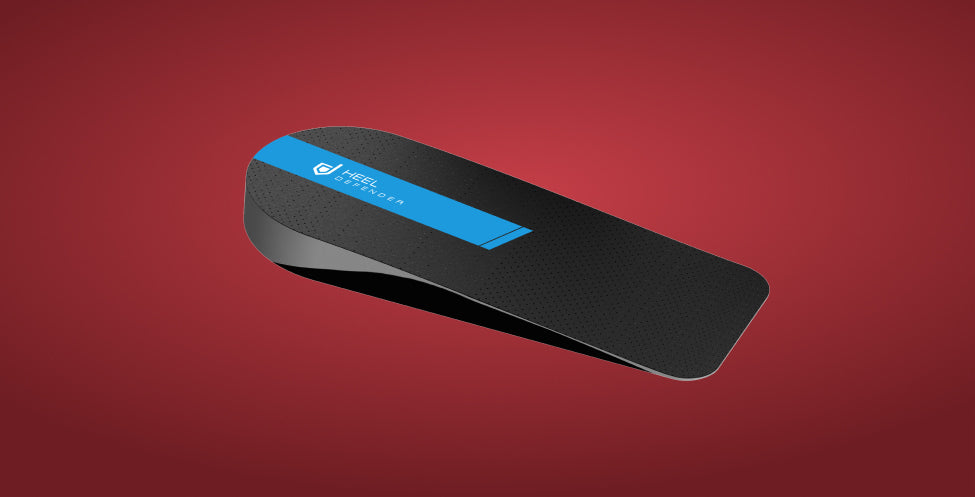On a recent episode of StarTalk®, Dr. Neil deGrasse Tyson, America’s most famous astrophysicist, and co-hosts Chuck Nice and Gary O’Reilly chat with Defender CEO, Dr. Jason R. Hanft, and his business partner — ex-Nike sneaker designer, Michael DiTullo, about their latest scientific innovation on “Best Foot Forward"
O’Reilly, who cooked up the show, explained, “This episode is about smart engineering, material science, and sportswear design to help people recover faster and live longer,” while clarifying for Tyson that the podcast is about diabetes, not sports injuries.
What resulted was an in-depth discussion emanating from O’Reilly’s opening question: If individuals become trapped within a failing endocrine and circulatory system, is there a way to “walk out” of their particular circumstance?
How is diabetes related to circulation problems?
Diabetes can affect every part of the body, and the lower extremities are no exception. But when an individual with diabetes takes an urgent trip to the operating room, Tyson wonders, “How do you get here from there?
“Let’s take a half-step back,” said Dr. Hanft who pointed out the statistics, “1 in 10 Americans has diabetes, and by 2025, 1 in 3 people will have it.” Notably, “People of color and Native Americans have a 50% higher chance of developing it.”
Once someone has diabetes, changes in the nervous and circulatory system can erupt. With daily fluctuations in blood glucose, the myelin (covering of the nerves), which Nice likens to a “conduction” system, are impacted. The feet can unfortunately take the brunt of the damage, as nerves that are the furthest away have the longest amount of myelin. Once they’re affected, peripheral neuropathy (or loss of feeling in the nerves and feet) develops,” explained Hanft.
This loss of feeling, plus small amounts of pressure over time from a shoe or sock, cuts off local circulation, leading to wound formation,” said Hanft. With roughly 3 million foot wounds in the U.S., 85% of them will become infected in about 6 weeks time. “That’s the pathway to the roughly 120,000 plus amputations every year,” explained Hanft.
A shoe design that can save your life
You may be thinking: “Can a shoe design save my life or a loved one's life?” The short answer is, yes. Industrial design and biomedical engineering can help to save limbs and lives.
Hanft explained, while there isn’t a cure for diabetes-related peripheral neuropathy (loss of sensation), there are only therapies to manage the symptoms. What was begging for innovation was therapeutic footwear, and he should know. With over 30 plus years treating diabetes-related foot wounds, Hanft, a podiatrist and foot and ankle surgeon, wasn’t seeing improvements in outcomes.
He set out to find out why, and created a functional solution. By swooning DiTullo with his limb-saving ideas, it resulted in a match made in heaven — a footwear expert and a foot expert embarked on a creative, 6-year process of building and refining Foot Defender®.
DiTullo highlighted three founding principles: “It has to functionally perform, be easy to put on and take off, and be ‘fabulous looking,’' inserted Tyson. “My goal was that if you were to put on a pair of jeans, it would look as much like an Air Jordan as possible,” said DiTullo. Because if no one wants to actually wear the boot, there would be no measurable improvements to be had.
DiTullo was clutch in creating an innovative solution, which he refers to as a mix of “function and art,” who thankfully went on to explain “industrial engineering” in layman’s terms for StarTalk®, “Think about what an architect does for buildings and what a fashion designer does for apparel. I do that for literally everything else in your life.” Which prompted Tyson to ask, “Will you come live with me and design everything in my house?”
Watch or listen to the Best Foot Forward StarTalk® episode in-full, as Hanft and DiTullo discuss the unfolding of Foot Defender.
To learn more about Defender, contact us, call +1 305-204-7203 or connect on LinkedIn.



